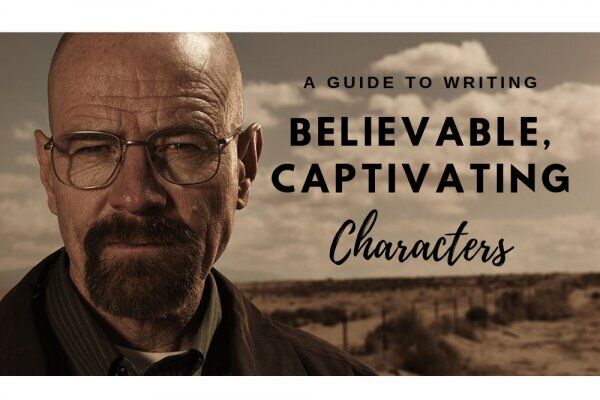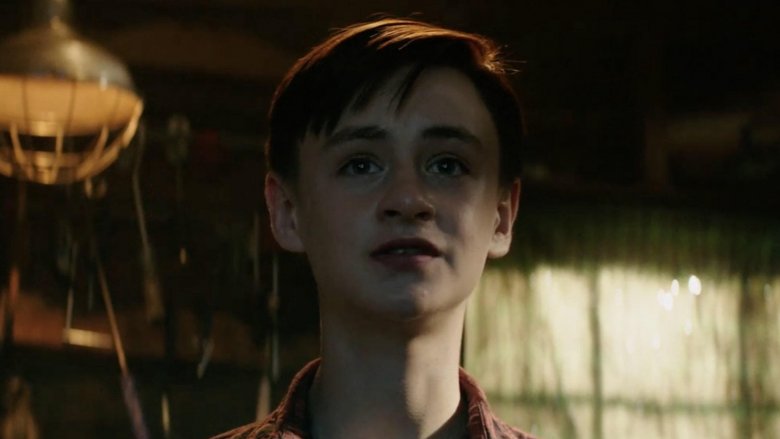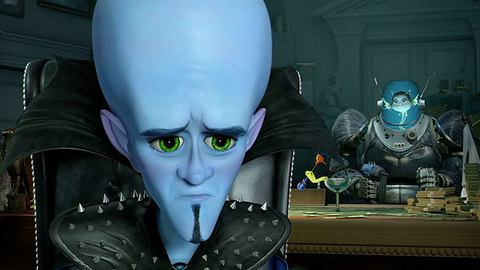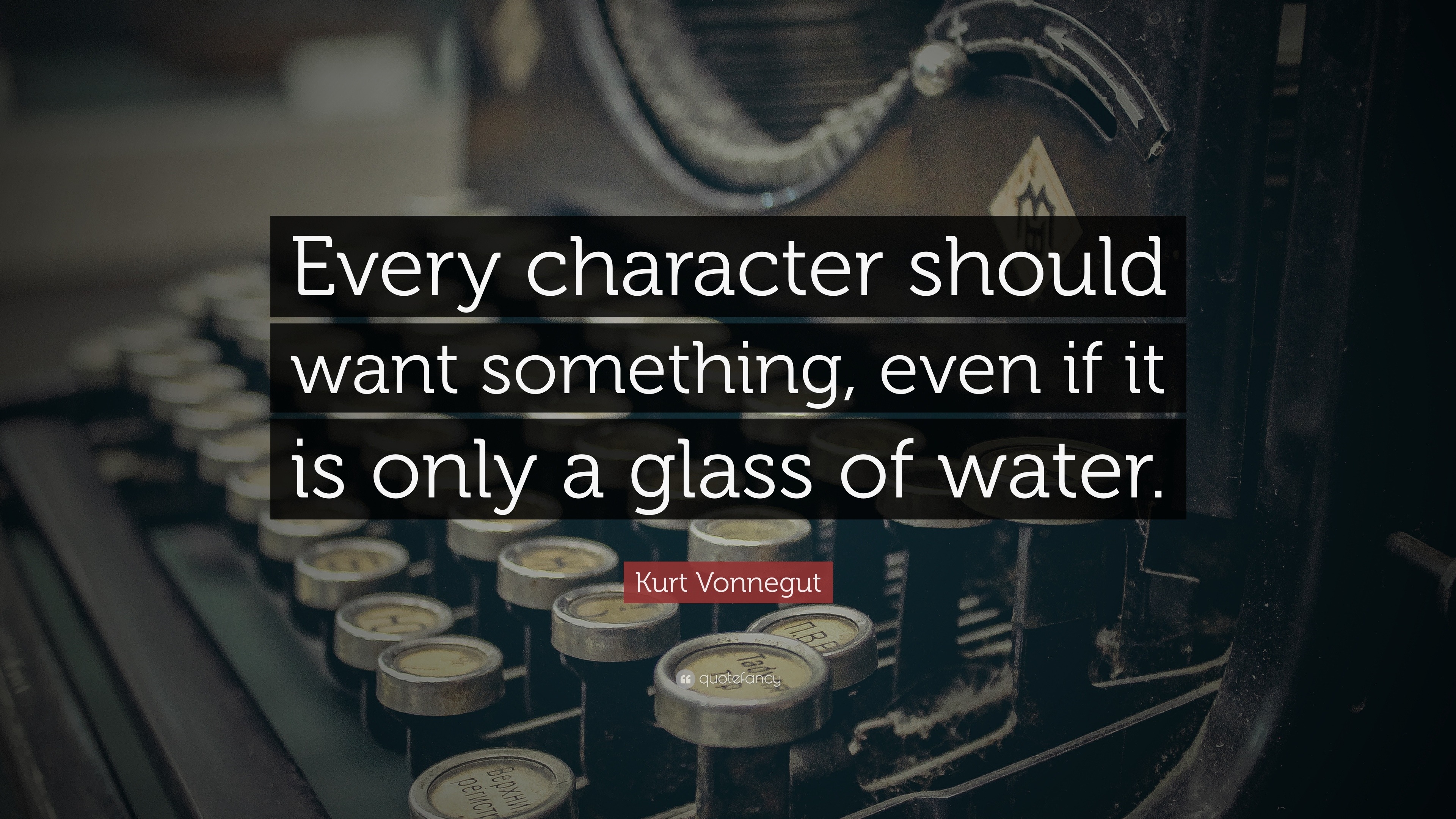
1. Unique Traits
The search for originality in character formation can create an unnecessary pressure. As opposed to creating a something that people have never seen before, you simply need to endow your character with unique traits that make them distinct. Two great examples are Jake Gyllenhaal’s blinking twitch in Prisoners, and Jaeden Lieberher’s stutter in IT. Both archetypes have been depicted in films countless times, but their unique traits ground them in reality.


2. Strengths and Weaknesses
No matter how strong someone is, everyone has a weakness. Think of Superman vs Kryptonite. Introducing an opposing threat is a great way of fleshing out your character, as well as bringing conflict into your narrative. Having your character attempt to overcome a weakness is a great starting point for a captivating story. A good example of this is Toy Story’s Woody. Despite being a strong and authoritative figure Woody feels threatened by Buzz. Similarly, it’s always good to give your character some sort of strength, be that psychological or physical. Always remember that flaws are what make us human.


3. Good and Evil
New writers often overlook the concept of a character having both good and evil traits. If you analyse anyone you know, you’ll notice that their personality is a small mixture of good traits and bad traits. When creating your characters, imagine how they would act in certain situations. Don’t be afraid to sympathise with your villain and give your hero flaws. A great example is Walter White. Simply put, he’s a bad person with an oddly justifiable and reasonable motive. Megamind also explores a villain who has a good heart.


4. Internal and External Conflict
Similar to having strengths and weaknesses, characters need to have conflicts to battle. Giving them both an internal conflict as well as an external one gives your character a multi-dimensional edge. This can be done with both your heroes and villains. A great example is No Country for Old Men’s Anton Chigurh. He often struggles with an internal conflict against himself due to his obsessive compulsion regarding fate, as well as the external conflict of Llewelyn and the money.
5. A Clear Want/Goal
Renowned writer Kurt Vonnegut stated, “Every character should want something, even if it is only a glass of water”. Your character having a goal is the driving force that will keep your narrative moving. Think of Frodo Baggins’ goal in destroying the ring, or Luke Skywalker’s goal of destroying the Empire. Of course, not every character needs to have a narrative-driven goal of this scale, but by giving each character a goal (no matter how small), you’ll give the illusion that they are a real person that could function outside of the narrative.

Add a comment